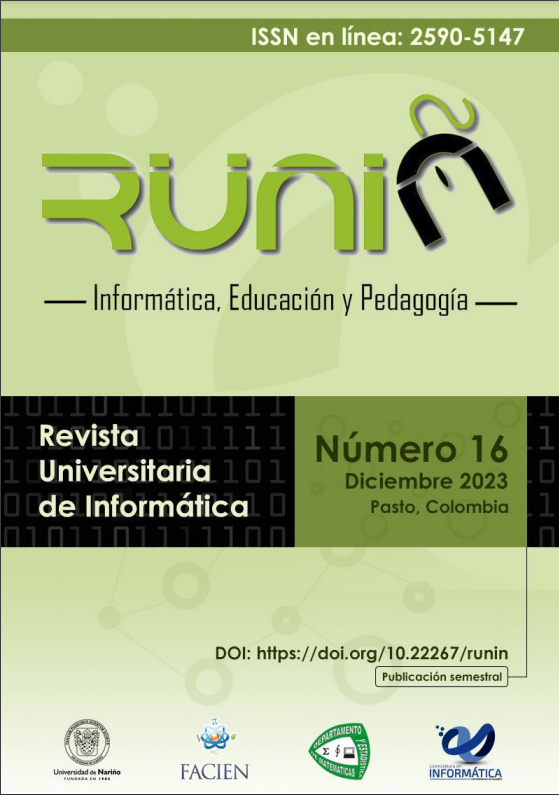Artificial Intelligence: advantages and disadvantages in teaching and learning processes
Keywords:
Inteligencia ArtificialDownloads
References
Castillejos, B. (2022). Inteligencia artificial y entornos personales de aprendizaje: atentos al uso adecuado de los recursos tecnológicos de los estudiantes universitarios. Educación, 31(60), 9–24. https://revistas.pucp.edu.pe/index.php/educacion/article/view/25005/23728
Edwards B. & Cheok A.(2018) Why Not Robot Teachers: Artificial Intelligence for AddressingTeacher Shortage.. APPLIED ARTIFICIAL INTELLIGENCE, 32(4), 345–360. https://www.tandfonline.com/doi/epdf/10.1080/08839514.2018.1464286?needAccess=true
Hardy, T. (2001). IA: Inteligencia Artificial. POLIS, Revista Latinoamericana, 1(2), 1–23. https://www.redalyc.org/articulo.oa?id=30500219
Kamalov, F.; Santandreu, D.; Gurrib,I (2023). New Era of Artificial Intelligence in Education: Towards a Sustainable Multifaceted Revolution. Sustainability, 15(16), 1–36. https://doi.org/10.3390/su151612451


